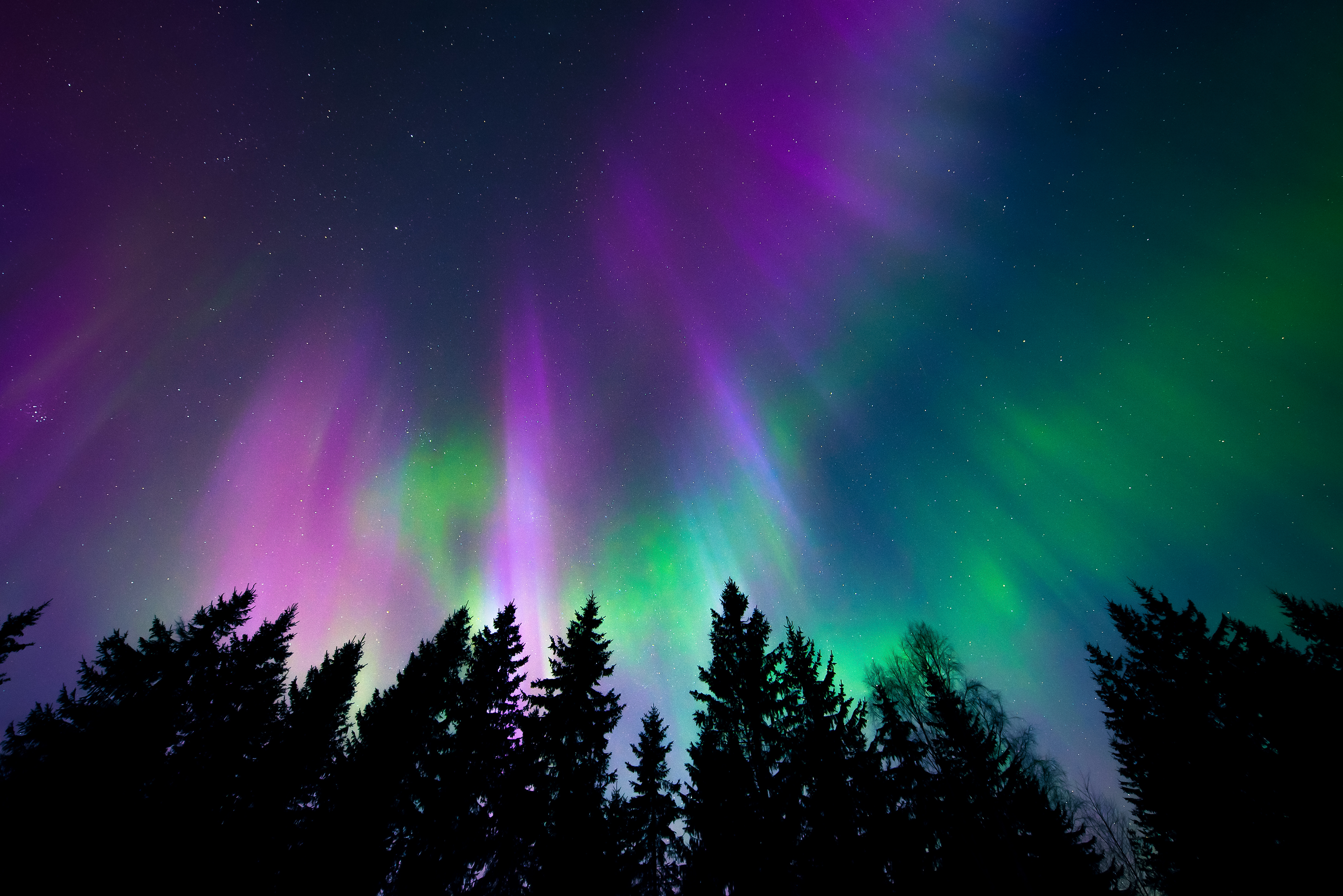Make sure to look up at the sky tonight—you may be able to catch a glimpse of the northern lights. The U.S. Space Weather Prediction Center and the National Oceanic and Atmospheric Administration (NOAA) announced a geomagnetic storm watch for Sept. 6 and 7, which means a lucky few will be able to watch one of nature’s most beautiful shows.
Observers in Canada are most likely to see the aurora borealis, but parts of the United States, Arctic, and polar regions will also give stargazers a spectacular view. Northern lights are typical in Arctic areas, but it’s not uncommon for people in lower latitudes to witness these geomagnetic storms. This storm is particularly strong, so southern Ontario and parts of the United States are expected to witness the colourful light display.
The sun released a fast-moving stream of particles, known as a coronal mass ejection, on Monday, according to CBC News. These particles are expected to reach Earth today and provide an incredible view of the northern lights. This type of celestial event can occur at any time of the year, notes The TeCake.
The best way to view the lights is to go to a dark location and look north. NOAA will be updating its website every 30 minutes as it tracks the solar storm. They also have a map that shows the optimum viewing locations.
If you want to photograph the aurora borealis, place a digital single-lens reflex (DSLR) camera on a tripod and take a 15- to 20-second image exposure. Make sure the setting is on “infinity” or a distant object.
One of the best views of the aurora borealis is from space. While most people will never have the opportunity to see the light display from that perspective, astronauts do. American Scott Kelly famously snapped some photos of the northern lights in 2015. He used the International Space Station’s satellite to share the incredible images on Twitter.


